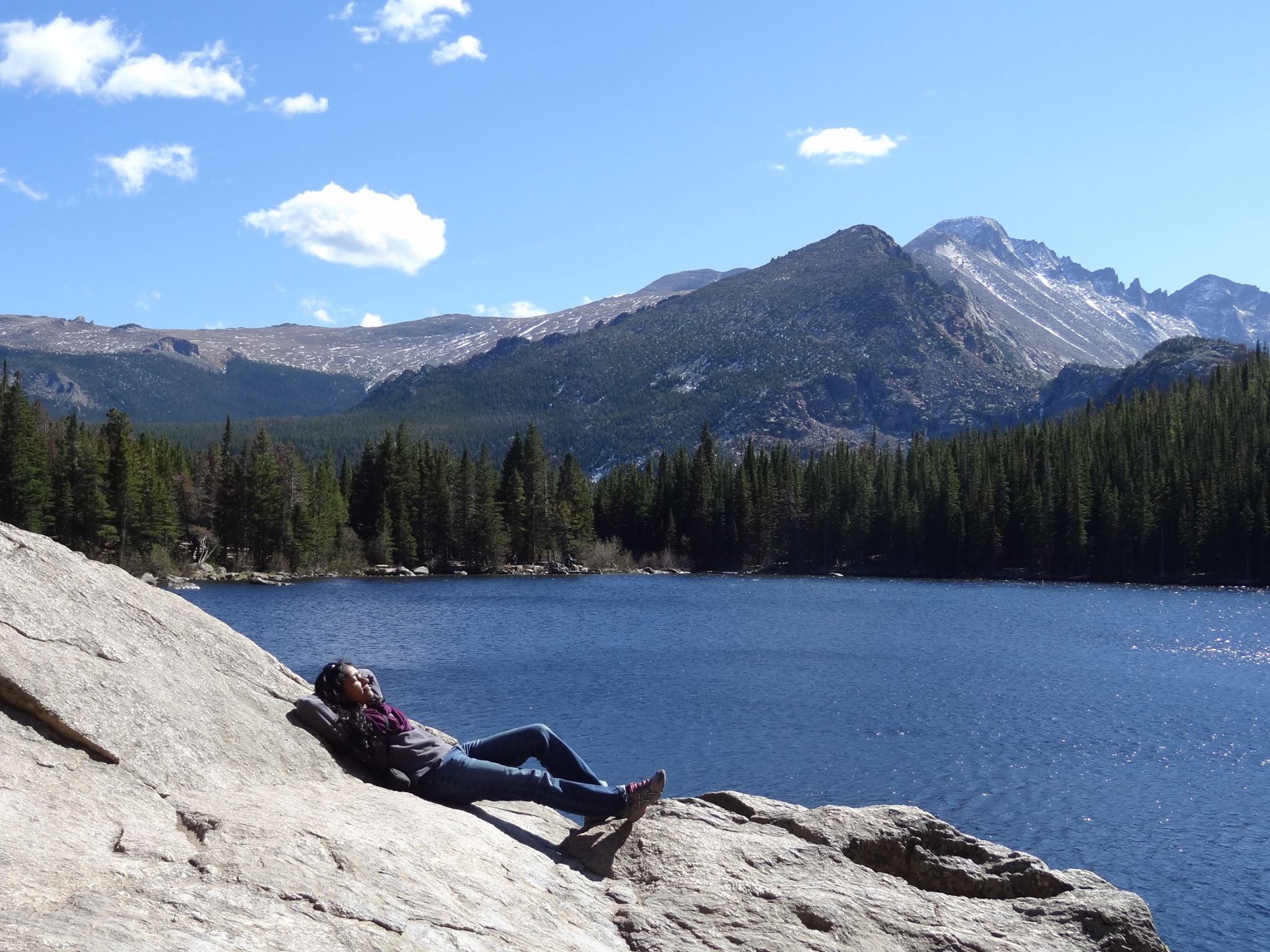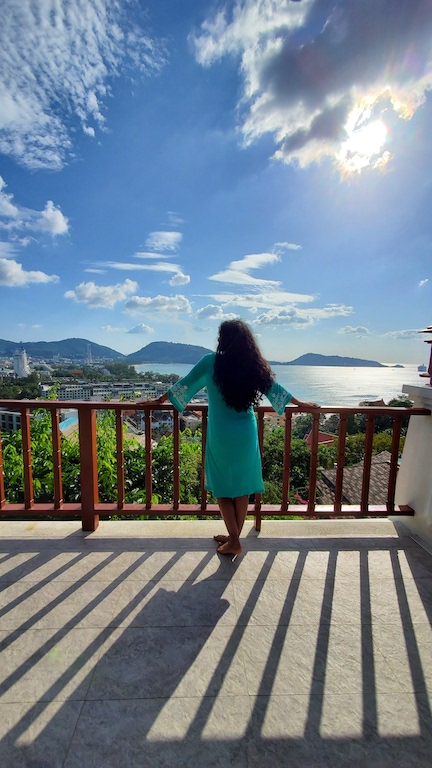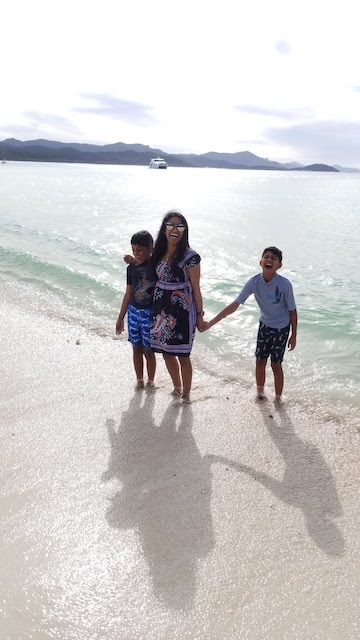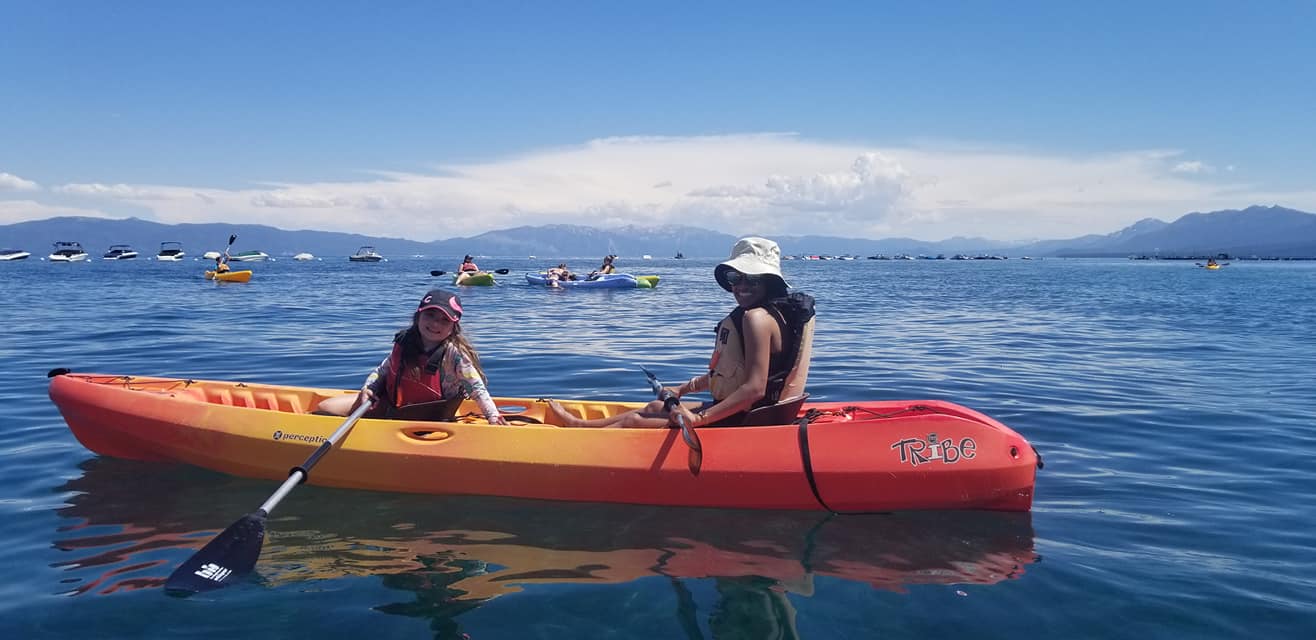

So you could say, I worship the sun. But not in the way you think. I don’t spend hours bathing in the sun nor do I recommend anyone do that for reasons we’ll be discussing this month. But the sun IS an awesome and beautiful force that nourishes life on this planet. And for everything that is good and beautiful in this world, there is an immense power behind it that we must respect and honor.
One of the most important parts of being a pediatric dermatologist is teaching children how to take care of their skin, not just now, but for the future. If they develop good daily habits when they’re young, they can keep their skin healthy and strong well into adulthood. A big risk factor for developing skin cancer is cumulative sun exposure throughout your lifetime. One or more blistering sunburns during childhood or adolescence can double your risk of developing melanoma! So teaching kids about sun safety is a big part of my job!
When kids ask me if they need to wear sunscreen every day, I ask “Well, does the sun come up every day?” Trick question! (unless you’re living in Antarctica during its winter months)
Yes, it does. Even on a cloudy day. The sun’s damaging ultraviolet rays can go right through clouds! And well, it’s not light screen, it’s SUNscreen 🙂 So yes, it’s important to get into the habit of wearing sunscreen every day. And if you’re outside for more than 2 hours, swimming, or sweating it off, it’s important to reapply as it will not last. There’s no such thing as “waterproof” sunscreen! Don’t forget your nose, your ears, the back of your neck, and the top of your feet if you’re wearing sandals.

Choose a sunscreen that is SPF 30 or more. Sun Protective Factor or SPF refers to the time it takes for the sun to cause redness in your skin compared to how long it would take without any sunscreen. So, in theory, it can take 30 times longer to burn after applying an SPF 30 sunscreen. SPF 30 sunscreen blocks about 97% of UVB rays. In reality, though, most of us don’t apply the amount of sunscreen (typically at least 1 ounce or 2 tablespoons) that is necessary to offer that level of protection. So make sure to slather it on! It can be helpful to apply a sunscreen that has a higher SPF for a little more added protection.
In addition, choose a sunscreen that has broad-spectrum coverage against UVA and UVB. My favorites are ones that have either the minerals zinc oxide or titanium dioxide, which are physical blockers that reflect UV rays vs. chemical sunscreens that absorb much of the radiation to cause less damage to your skin. Mineral sunscreens are the ones that have traditionally appeared white on your skin but newer versions tend to rub into your skin more easily and some are even tinted for those with darker skin like me! Mineral sunscreens are also often tolerated better for those with sensitive skin.
Remember the best sunscreen is the one you’re going to use, so find one you like and use it regularly! If you choose a spray, rub it in so that you don’t miss any spots on your skin! While sprays aren’t my favorite, they can be easier to apply on exposed skin where you part your hair on your scalp.
I will often tell kids to put their sunscreen next to their toothbrush so that they remember to apply it before they go to school just like they brush their teeth every morning (…and sometimes I get sheepish confessions that they don’t brush their teeth every morning. I’m going to let their dentists handle that one! :))
Other sun safety tips:
Wear wide-brimmed hats (baseball caps don’t protect your ears or the back of your neck), sunglasses (the sun can damage your eyes and skin around your eyes, too), and clothes that cover your arms and legs. Easier said than done when you live in hot, humid climates like Texas, but there are lots of clothing companies out there that make sun-protective clothing that don’t absorb heat as much.
Seek shade when the sun’s rays are the strongest between 10am and 4pm. And remember, the sun’s rays can pass through even on a cloudy, hazy day.

If you’re near water, snow, or sand, 80% or more of the sun’s rays reflect off these surfaces. UV intensity also increases with altitude, so make sure you are extra careful about sun protection when you are at the beach or are skiing, snowboarding, or hiking.
Infants can have pretty sensitive skin, so if your child is less than 6 months, it is best to avoid prolonged exposure to the sun. Utilize sun-protective clothing (cover their arms and legs), hats if they will wear them, and stroller shades.
Hope these tips help you and your family safely enjoy the sunshine and all the joy it brings!
Dr. Meena Julapalli AKA “Dr. Joy” 🙂
Bluebird Dermatology
www.bluebirddermatology.com


[…] it, and celebrate it, and sun protection is such a big part of that! Check out her most recent blog post for everything you need to know about sun safety for this summer and all […]
Great tips for protecting your skin. Thank you 🙂